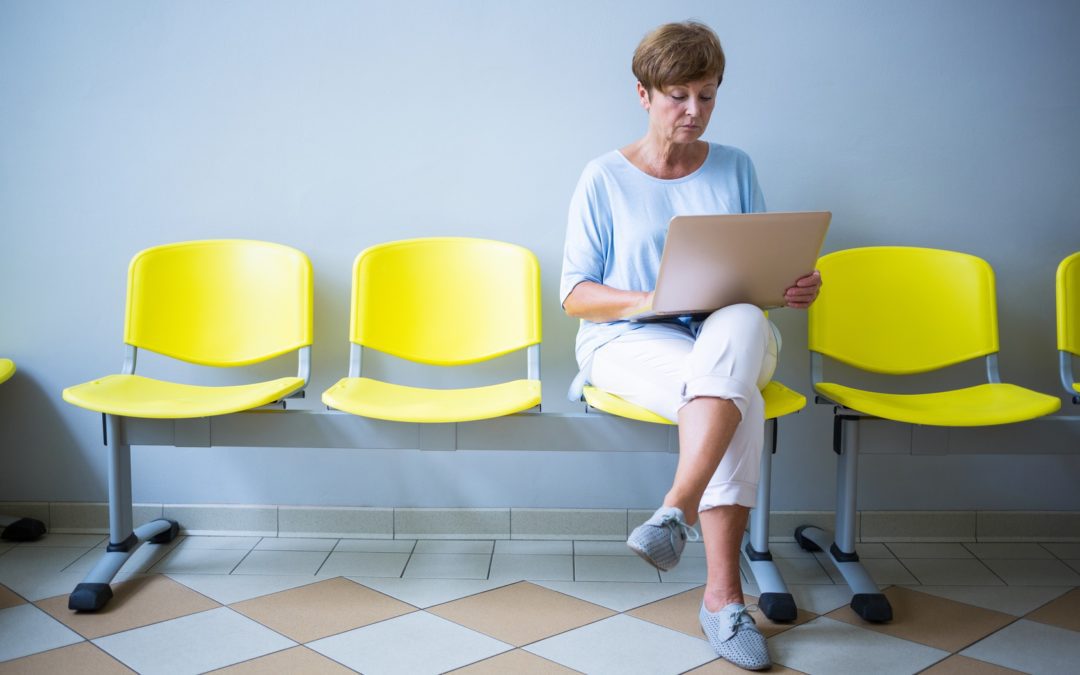Sitting in a healthcare waiting room usually rates quite low on the good-times scale, and quite high on the stress scale. With today’s trend toward “patient as consumer,” designers are looking at ways to make waiting rooms more user-friendly.
A recent study at a major healthcare facility defined the shortcomings in waiting room designs, including:
- Seating that blocked views to information sources (reception personnel, exam room entries)
- Little space for personal belongings
- Insufficient access to power sources for tablets and laptops
- Lack of privacy and seating for family groups
The researchers recommended re-designing waiting rooms to:
- Accommodate a variety of activities – work, rest, etc. – that might vary over time
- Improve privacy while adapting to large and small family groups as needed
- Increase space for personal belongings
- Enhance access to power plugs for all our modern e-devices.
Reconfigurable furnishings have a big role to play in the new patient-centered waiting room designs. Seating and tables that can easily adapt to changing needs, even multiple times in a day, will go a long way toward creating an ideal patient-centered atmosphere. This video shows how one healthcare provider transformed their waiting room with reconfigurable furnishings:
Photo © WavebreakMediaMicro/Fotolia.com


Recent Comments